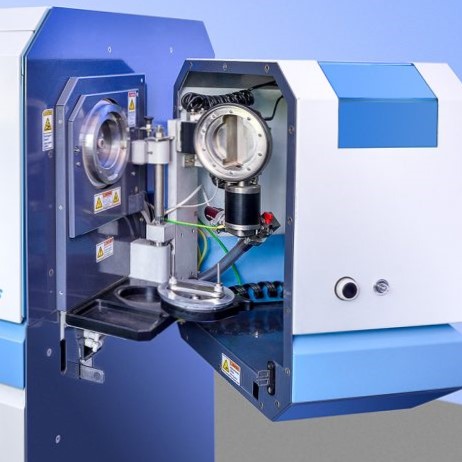Anodic redissolution polarography is undeniably the most effective analytical method for the detection of impurities contained in mercury.
Analytical control is now entrusted to EAG Laboratories, an independent laboratory.
The method used is Glow discharge mass spectrometry or
GDMS (Glow Discharge Mass Spectrometry)
The analysis is now focused on 74 elements and no longer on 21 with the previous polarography method
Ideal uses
* Full survey measurements of advanced materials (metals, alloys, graphite, electronic materials, oxides, and ceramics).
* Depth specific trace and ultra-trace distribution measurements on films, thin layers and coatings.
* Traceability of unknowns from limited amount of samples
* Chemical characterization of particulate materials and engineering coatings
Technical specifications
* Signals Detected: Mass resolved positive ions
* Elements Covered: All stable isotopes of elements, except H
* Sensitivity: parts per billion or ppbw
* Typical Sampling Areas: 50-80mm2
Strengths
* Full survey of all stable isotopes, except H
* Parts per billion detection
* Limited matrix effects
* Linear calibration
* Robustness
* Depth specific distribution measurements of analytes with high sensitivity
Limitations
* Sample consistency
* Vacuum stability

